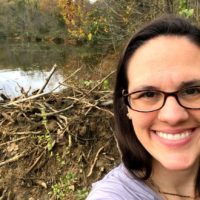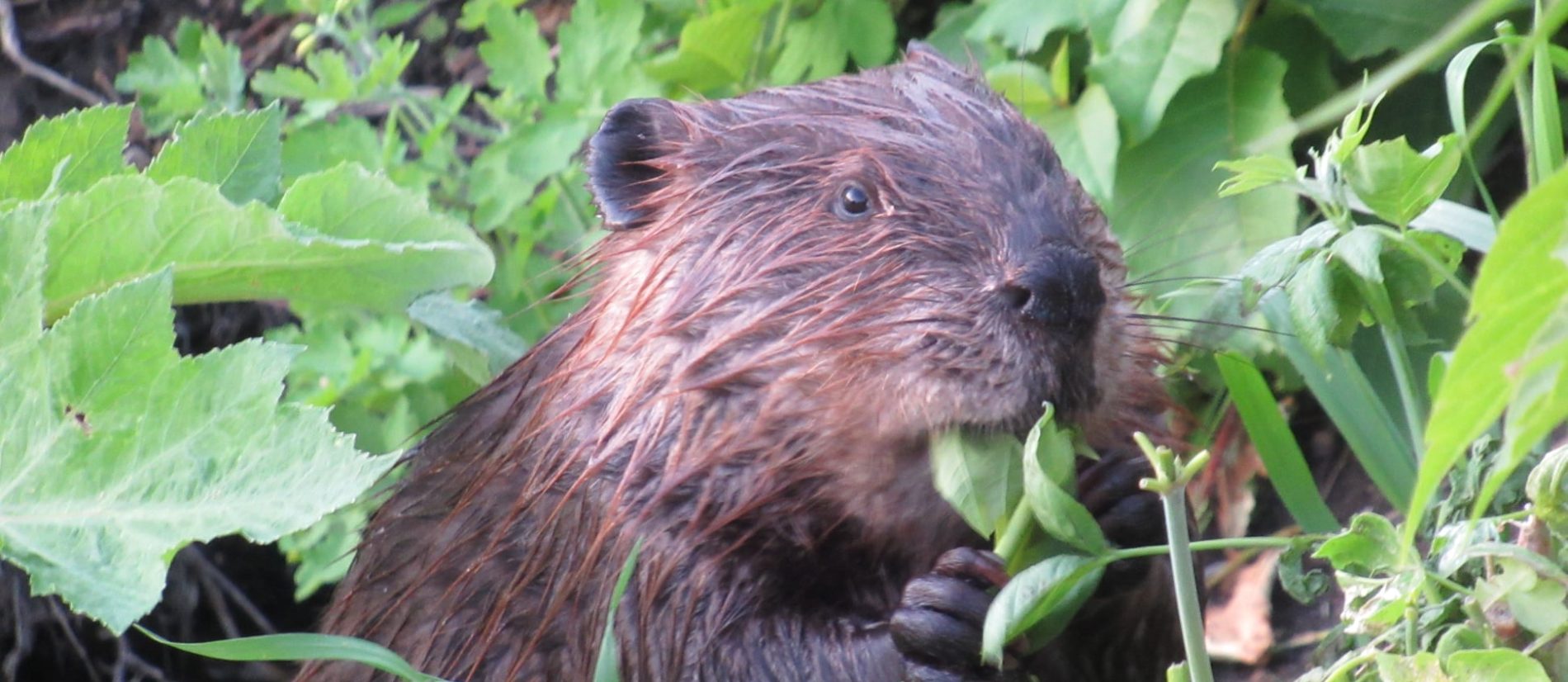Beavers were once a vital part of America’s economy. Their pelts were a common currency in the New World, and the hunt for “brown gold” nearly wiped them out. Beavers are making a comeback, but the dangers are far from behind them. Humans often kill beavers when their damming and tree-chewing behaviors cause problems such as flooding and destroyed vegetation. However, this approach is ineffective because new beavers will soon move into the empty habitat. Lethal trapping, dam destruction, and culvert unclogging are only temporary solutions that, in the long-run, are expensive and unsustainable. Fortunately, there is a better way.
Alison Zak, the founder and director of the Human-Beaver Coexistence Fund, will help us learn about the North American beaver (Castor canadensis) natural history, behavior, and ecology, discuss why beavers are so important to the landscape and explore nonlethal strategies that landowners can implement to promote human-beaver coexistence.
The Human-Beaver Coexistence Fund (https://coexistwithbeavers.org/) is an organization that educates communities on the benefits of beavers and helps landowners address the problems beavers can cause such as tree-chewing and flooding. Alison is also an anthropologist, environmental educator, writer, and yoga teacher. In her life ‘before beavers,’ she studied the conflict between farmers and endangered monkeys in Indonesia.
Mike Digout is the photographer of the beaver photo.




